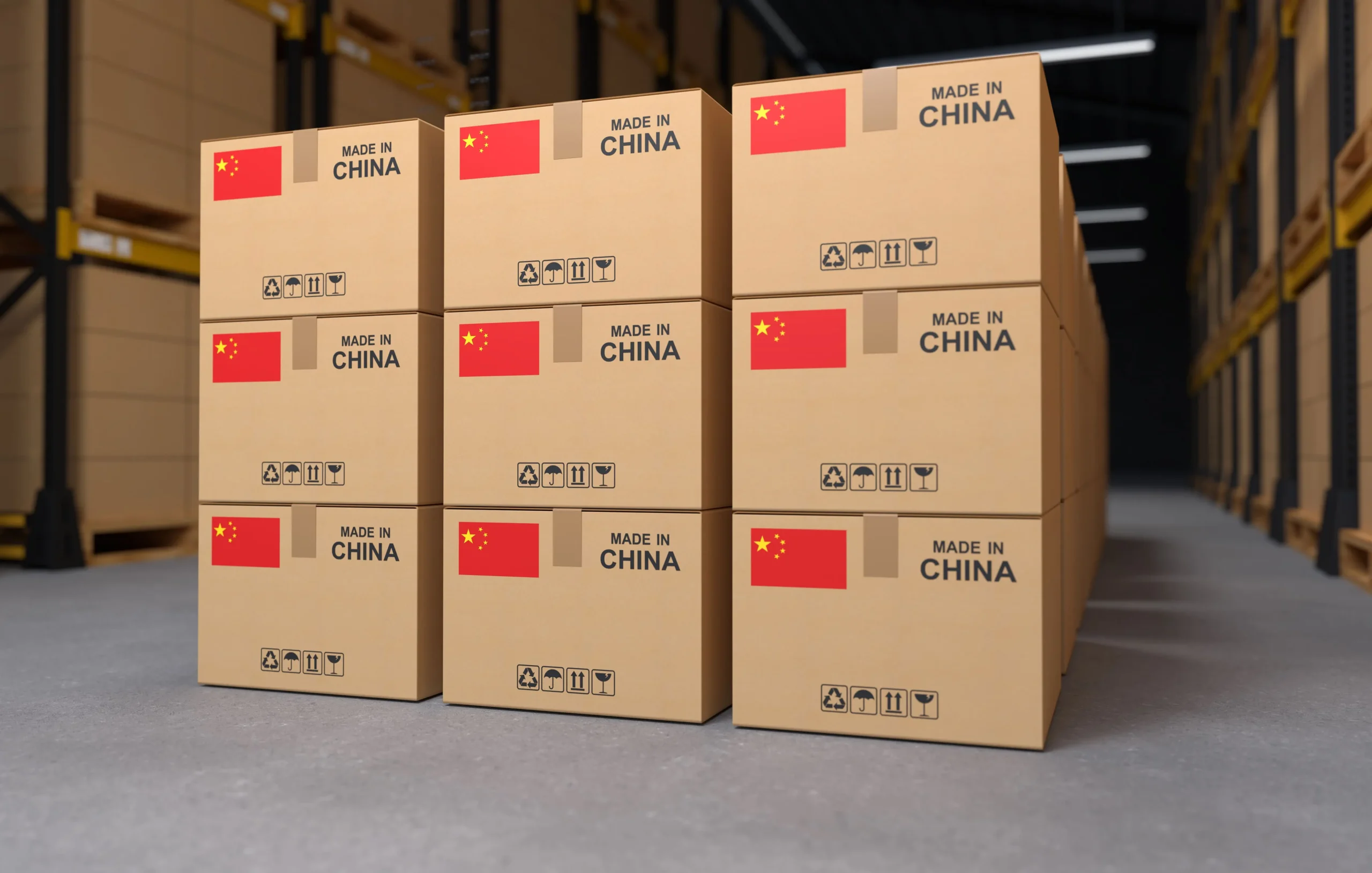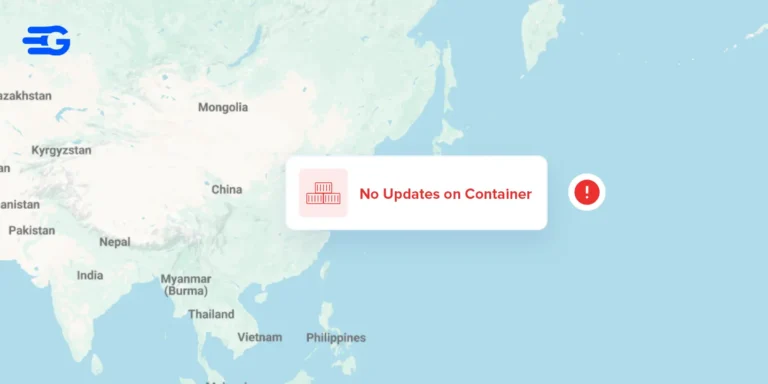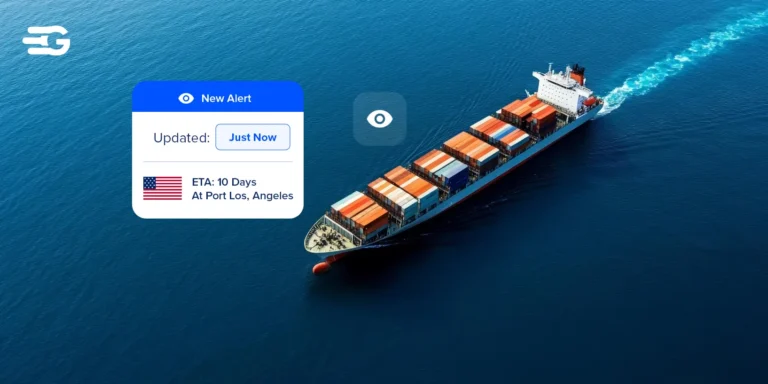Chinese New Year 2026: Key Dates and Supply Chain Preparation
Chinese New Year 2026 will begin on February 17 and celebrations in China are expected to continue until March 3. Production in China usually slows two to three weeks before the holiday and takes time to return to normal levels. This makes January, February, and early March critical for supply chain planning.
Why this period affects global logistics
Factories reduce output ahead of the break. Workforce availability becomes limited. Ports run under capacity. Demand for vessel space increases, which drives up spot rates. This leads to longer transit times and slower cargo movement across borders.
Industries that feel the most pressure
- Electronics and components
- Apparel and footwear
- Toys and household goods
- Automotive parts
- Consumer products
How your team can prepare
Early preparation can prevent delays and financial losses during the Chinese New Year period. The steps below help keep shipments moving smoothly:
1. Confirm production and demand plans early
Share order forecasts with factories before year-end. Confirm production completion dates, handover schedules, and packing timelines. This helps suppliers plan capacity and secure materials before workers leave.
2. Secure freight space well in advance
Capacity tightens rapidly as the holiday gets closer. Book containers early to avoid premium rates. For urgent shipments, be ready with air freight or LCL plans so essential cargo keeps moving.
3. Build inventory buffers where needed
Look at historical demand and upcoming sales cycles. Increase stock for fast-moving or seasonal items. This reduces the impact of shutdowns and slow restarts through late February and early March.
4. Use alternate routes and ports strategically
Main ports fill up first. Consider routing cargo through secondary ports that may be less congested. Evaluate intermodal combinations that help bypass bottlenecks.
5. Add extra time and budget to your planning
Expect higher peak-season rates, slower port processing, longer trucking wait times, and equipment shortages. Adding buffers protects delivery timelines and margins.
How GoComet helps during Chinese New Year
GoComet gives teams real-time visibility into rates, vessel schedules, and shipment status. This helps logistics managers plan around slow periods without guesswork. Businesses can compare rates instantly, monitor shipment delays, and track container movement across carriers and ports. This allows teams to react faster and make confident decisions during the CNY slowdown.
After March 3
Capacity takes time to normalize after operations resume. Congestion remains for weeks as factories ramp up again. Teams that monitor data closely will recover faster.






